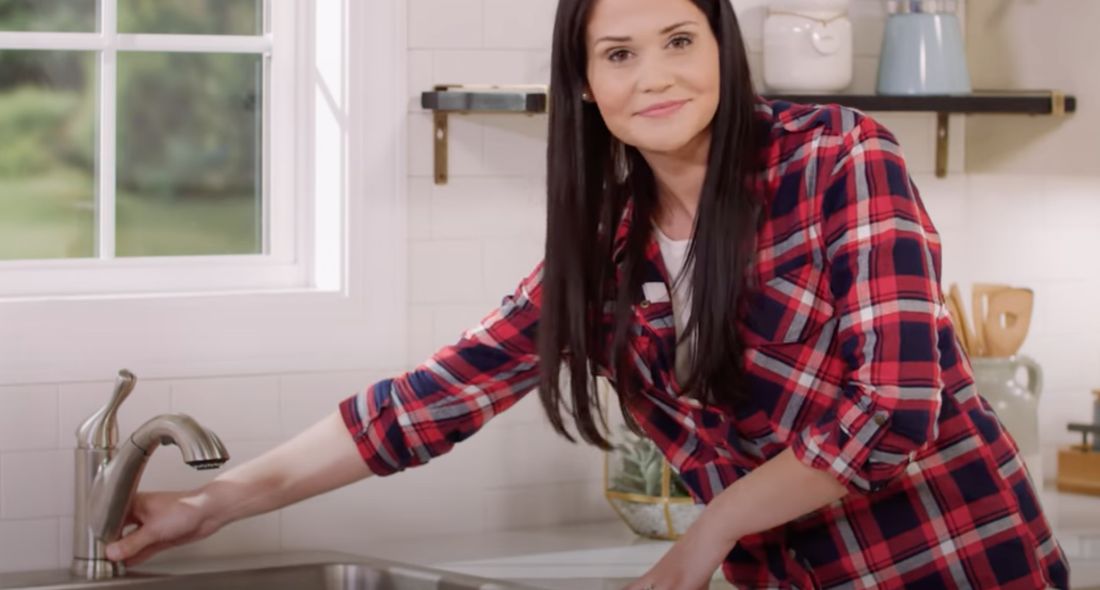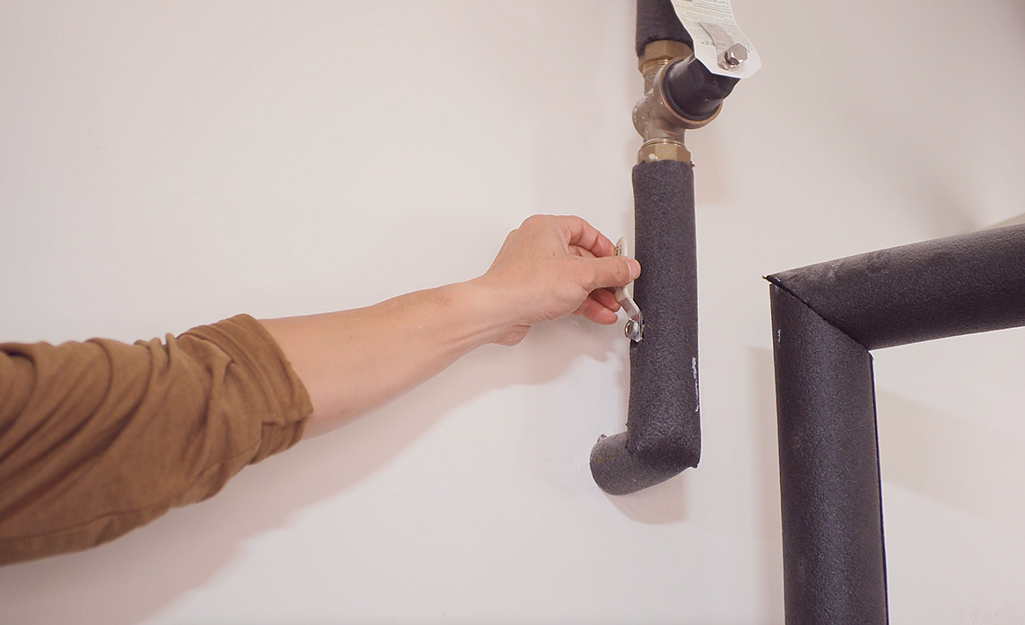Listed here further down you might get a bunch of helpful data about Should I Repair or Replace a Leaky Faucet?.

Dripping faucets might appear like a small hassle, yet their influence goes beyond just the nuisance of the audio. From drainage to incurring unnecessary financial costs and health risks, disregarding a dripping faucet can result in various consequences. In this short article, we'll delve into why it's critical to resolve this typical home issue without delay and properly.
Waste of Water
Environmental Impact
Dripping taps contribute considerably to water wastage. According to the Epa (EPA), a solitary faucet trickling at one drip per secondly can squander more than 3,000 gallons of water annually. This not only pressures water resources however also influences communities and wild animals based on them.
Step-by-Step Overview to Taking Care Of a Dripping Tap
Tools Needed
Before attempting to fix a leaking tap, collect the essential tools, including an adjustable wrench, screwdrivers, replacement parts (such as washers or cartridges), and plumber's tape.
Common Faucet Issues and Their Solutions
Identify the type of tap and the details concern creating the drip. Typical troubles include worn-out washers, corroded valve seats, or malfunctioning O-rings. Refer to producer instructions or on-line tutorials for detailed advice on fixings.
Financial Prices
Enhanced Water Expenses
Past the ecological effect, dripping taps can inflate water costs significantly. The built up wastefulness gradually translates into greater energy costs, which might have been avoided with prompt repairs.
Possible Building Damage
Furthermore, long term dripping can result in harm to fixtures and surfaces bordering the faucet. Water build-up can create discoloration, corrosion, and even structural problems if left ignored, causing added fixing costs.
Health Concerns
Mold and Mildew Growth
The constant presence of moisture from a trickling tap produces a suitable atmosphere for mold and mildew growth. These fungi not only endanger indoor air high quality but also posture health and wellness risks, particularly for people with breathing problems or allergic reactions.
Waterborne Diseases
Stationary water in leaking taps can become a breeding place for bacteria and various other pathogens, raising the danger of waterborne conditions. Pollutants such as Legionella bacteria prosper in stationary water, potentially causing serious ailments when ingested or breathed in.
Do it yourself vs. Professional Repair service
Pros and Cons of DIY Fixing
While some may attempt to repair a trickling tap themselves, do it yourself fixings feature their very own set of obstacles. Without proper knowledge and devices, DIY attempts can worsen the concern or result in insufficient fixings, extending the issue.
Advantages of Hiring a Specialist Plumber
Hiring a professional plumber makes sure that the underlying source of the leaking faucet is addressed properly. Plumbers have the know-how and devices to diagnose and fix faucet issues successfully, saving time and reducing the threat of additional damage.
Ecological Obligation
Individual Payment to Preservation
Taking responsibility for dealing with dripping taps straightens with wider initiatives toward water conservation and ecological sustainability. Every individual's actions jointly make a considerable influence on preserving valuable sources.
Sustainable Living Practices
By focusing on punctual repairs and adopting water-saving practices, people add to lasting living practices that benefit both present and future generations.
Preventive Measures
Routine Maintenance Tips
To avoid leaking taps, execute regular upkeep such as cleaning aerators, inspecting for leakages, and changing worn-out parts promptly. Additionally, take into consideration mounting water-saving gadgets or upgrading to more reliable components.
Value of Prompt Repairs
Addressing trickling faucets as quickly as they're discovered prevents more water wastage and possible damage, inevitably saving both water and cash over time.
Influence On Property Worth
Perception of Well-Maintained Residential Or Commercial Property
Keeping a residential or commercial property in good condition, consisting of addressing maintenance problems like trickling taps, boosts its perceived value and charm amongst possible buyers or tenants.
Influence on Resale Value
Properties with well-maintained plumbing components, including taps, command higher resale values in the real estate market. Resolving leaking faucets can contribute to a favorable impact during home inspections and settlements.
Conclusion
Dealing with a leaking tap exceeds simple benefit; it's a vital step towards saving water, reducing economic costs, and guarding health and wellness and home. Whether through do it yourself repair work or specialist help, taking action to deal with dripping taps is a small yet impactful means to promote liable stewardship of resources and add to a much healthier, more lasting future.
How to Fix a Leaky Faucet: Step-by-Step Repair Guide
A leaky faucet may seem like a simple annoyance, but if it's not fixed promptly, that leak could cost hundreds to potentially thousands. From water damage to mold, mildew, and high water bills, even a tiny leak can be catastrophic if left unattended. Damage like this can even affect the overall value of your home, so it's important to take the right approach for leaky faucet repair. You may need the help of a plumber in some cases, but we've got a few tips you can try on how to fix a leaky faucet before calling the pros.
Four Faucet Types
When you're learning how to fix a leaky faucet, the first step is knowing what kind of faucet you're working with! There are four common types.
Cartridge Faucets
Cartridge faucets come in one- or two-handled varieties. In one-handled cartridge faucets, hot and cold water combines in a single cartridge. In the two-handled versions, hot and cold water are controlled separately and mixed in the faucet.
Ball Faucets
Ball faucets have a single lever you push up and down to adjust the pressure and rotate to change the temperature. A slotted metal ball controls the amount of water allowed into the spout.
Compression Washer Faucets
They're the oldest type of faucet, but they're still used in many homes — especially older ones. Compression faucets have two separate handles that, when turned, raise or lower the washer that seals a water valve. This valve stops water from flowing through the faucet when it is turned off.
Disc Faucets
Disc faucets rarely need to be repaired due to their maintenance-free design. The water flow is controlled by two discs — the upper one raises and lowers against a fixed lower disc, creating a watertight seal. If your disc faucet starts leaking, you may need to replace the seals or clean residue buildup from the inlets.
Fixing a Leaky Faucet
Step 1: Turn Off the Water
Whether you're learning how to fix a leaky bathtub faucet or how to fix a leaky kitchen faucet, always turn off the water supply to your working area when you're fixing a leak. The last thing you want is a flood added to your list of things to fix.
Look for the shutoff valves below your sink or around the tub and turn them clockwise to stop the water flow. If your faucet doesn't have shutoff valves, you may need to turn off the water for the whole house. Check to make sure it's off by turning the faucet on. If nothing comes out, you're ready to start the repair.
Step 2: Take Apart the Faucet
How you disassemble your faucet depends on the type of fixture you have. You can use a flathead screwdriver to remove the caps on top of the handle or handles for cartridge and compression faucets. Inside, you should see handle screws. Unscrew these with a screwdriver to remove the handle.
Disc- and ball-style faucets will typically have an inlet screw near the handle, and removing that will reveal the interior of the faucet.
Detach the Valve Stem
For cartridge- and compression-style faucets, you'll see the inner valve stem or cartridge once you remove the faucet handles. If you have a compression faucet, unscrew the brass valve stem. If you have a cartridge faucet, pull out the cartridge. If your cartridge has been in place for a while, it may require some tools or extra force to remove it due to mineral deposits.
Examine and Replace Parts
Once you've removed the parts, check them out to confirm what needs to be replaced. You may see corroded rubber washers, O-rings, stems, or cartridges. On a ball-style faucet, check the seats and springs for damage.
If you need to repair a leaky disc faucet, check the inlet and seals on the lower disc.
Once you determine what parts must be replaced, visit your local hardware store. Bring the damaged parts with you to ensure you can purchase the correct components to replace them.
Clean Valves and Faucet Cavity
If you've removed a stem or cartridge, you may notice mineral buildup in the faucet's threads. Use white vinegar to clean the valve seat by soaking it for a few minutes, then scrub it away with a soft toothbrush and rinse with warm water. You can also clean the interior of the faucet in the same way.
Reassemble the Faucet
Once your faucet is cleaned and the required parts have been replaced, it's time to reassemble it. Put the pieces back together and slowly turn the water supply back on. Doing this slowly is crucial because too much initial water pressure can damage the new hardware you've just installed.
https://homewarranty.firstam.com/blog/how-to-fix-leaky-faucet

I discovered that article about How to Fix a Dripping or Leaky Faucet while doing a lookup on the search engines. Are you aware of somebody else who is looking into the niche? Take a moment to share it. I enjoy reading our article about How to Fix a Dripping or Leaky Faucet .
Comments on “Which It's Needed to Correct a Malfunctioning Faucet”